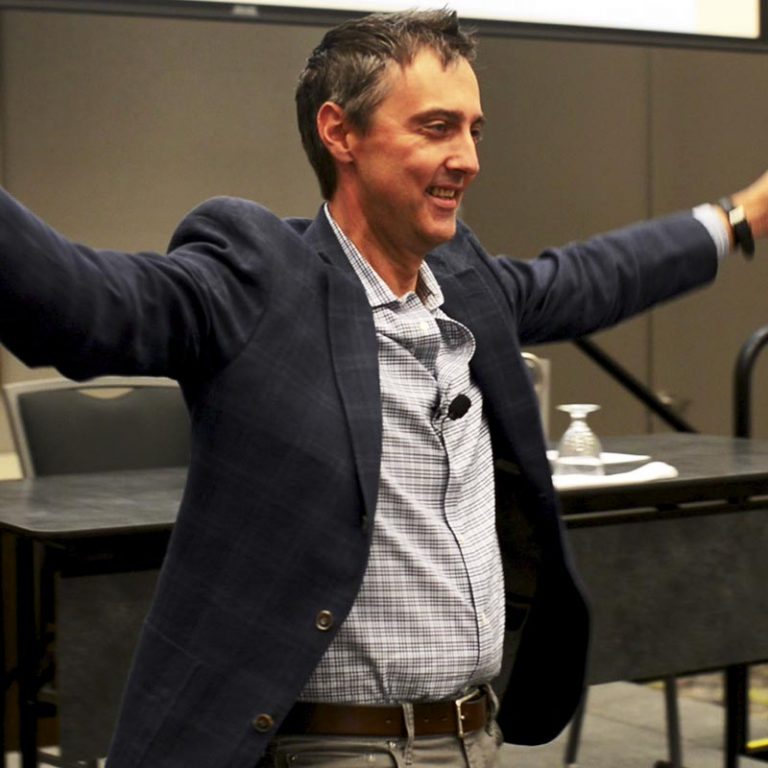I was recently involved in a friendly debate about speed. My friend, who is the owner of a successful collision repair business, asked me why I was always so obsessed with helping shops make repair jobs go through the shop faster than anyone else. He reasoned, “Why should I make cars go through my shop any faster than I already am? I am already the fastest shop in town with an average cycle time of just 6.5 days!” Pondering his question for a moment, I realized that maybe I did appear obsessed in that way to him and other people. I do love to go fast, but the truth of the matter is that I hate chaos and workflow disruptions even more than I love to go fast! It just happens that “fast” is often one of the results that happen when you run a shop the right way.
This conversation reminds me of another conversation I had several years ago when my friend and mentor, Ron Kuehn, told me that lean doesn’t always mean faster. I admit I was initially confused by his advice, but knowing that Ron was rarely wrong, I sat with it for a while and realized he was indeed right. Lean thinking involves the removal of waste from the value stream, but the focus is not on speed. When you are able to remove waste, the chaos decreases, the disruptions to flow disappear, and in many cases, cars do flow faster through your shop.
So my friends that think they are fast enough to keep up with the market demands and quit trying to improve because their cycle time is already fast enough to place them on the DRP leaderboard, I challenge you to consider your quest! I have seen very unhappy people that beat their people with a stick to get good cycle times and live in a constant environment of chaos, while others that have been focusing on the right things instead have a peaceful, enjoyable environment that pumps out cars consistently and without all the drama!
The real take-away here is to encourage you to never give up on your quest for improvement, even if you think your cycle time metrics are “good enough.” A commitment to continuous improvement, means never giving up on your quest to remove the chaos and constant flow interruptions that so many still consider a normal part of the collision repair business. As long as you consider supplements and chaos “normal” you are becoming complacent and not improving.
Never give up…. and as always, the team at Elite Body Shop Solutions is here to help!

It is very important to use a balanced approach when it comes to setting goals in order to spend time on all the important stuff that will bring real success in the long term, as well as in the short term. For example, if you take a myopic approach of only setting a financial goal, you could very well attain that goal, but at what costs? Several years ago, I was asked to help a collision repair shop that, during a series of very large hail storms in the area, was able to double its annual revenue for two consecutive years. They quickly doubled their staff with less than ideal employees, they quit performing the lean processes they had worked so hard on implementing, and they lost touch with their customers and their insurance partners. Sure they may have made a million bucks, but they literally destroyed over fifteen years of development almost overnight. They lost sight of all 5 pillars and only focused on one! Despite a strong effort to rebuild, this business was never able to reclaim its former glory, and soon sold out to a competitor.













